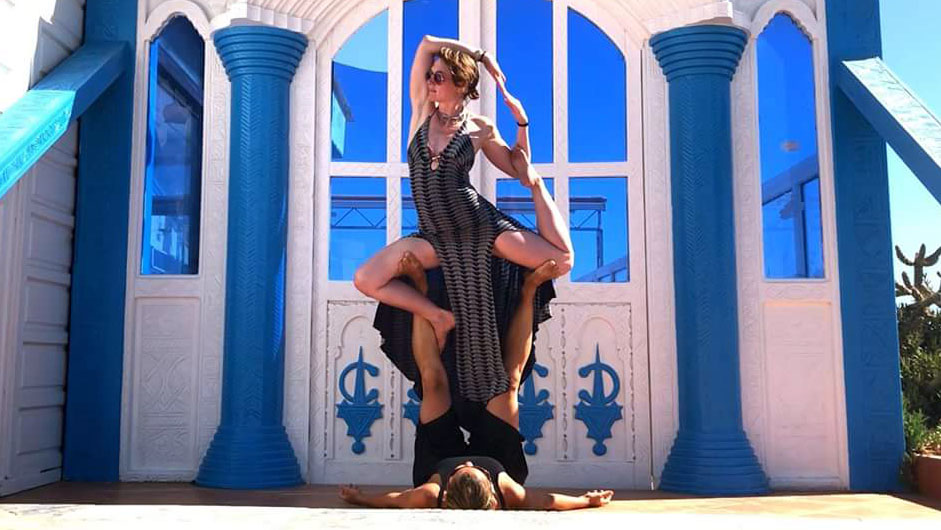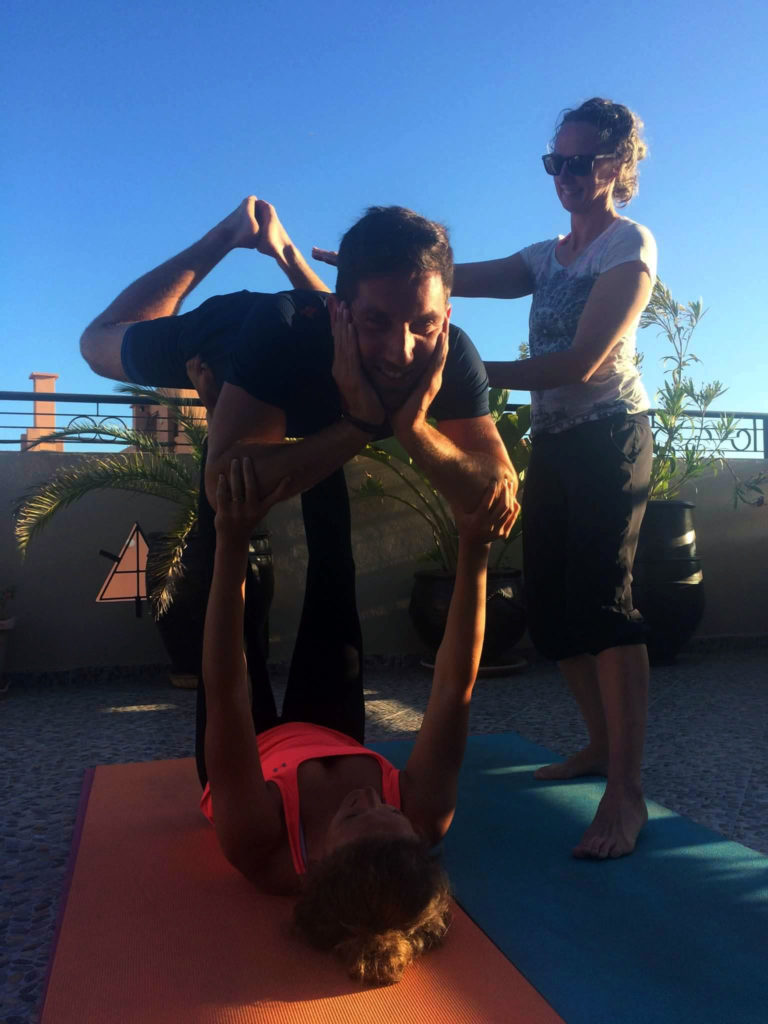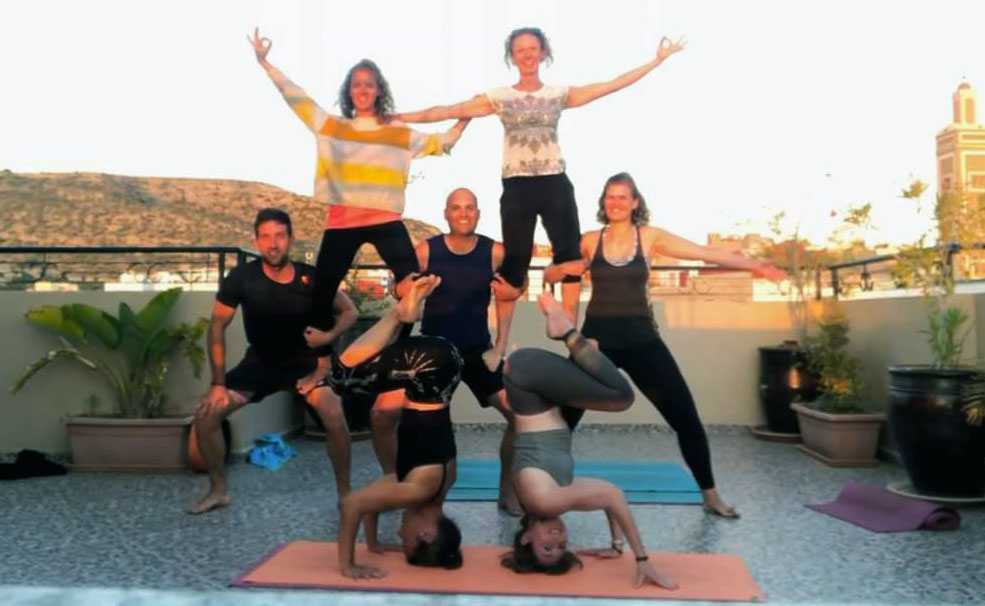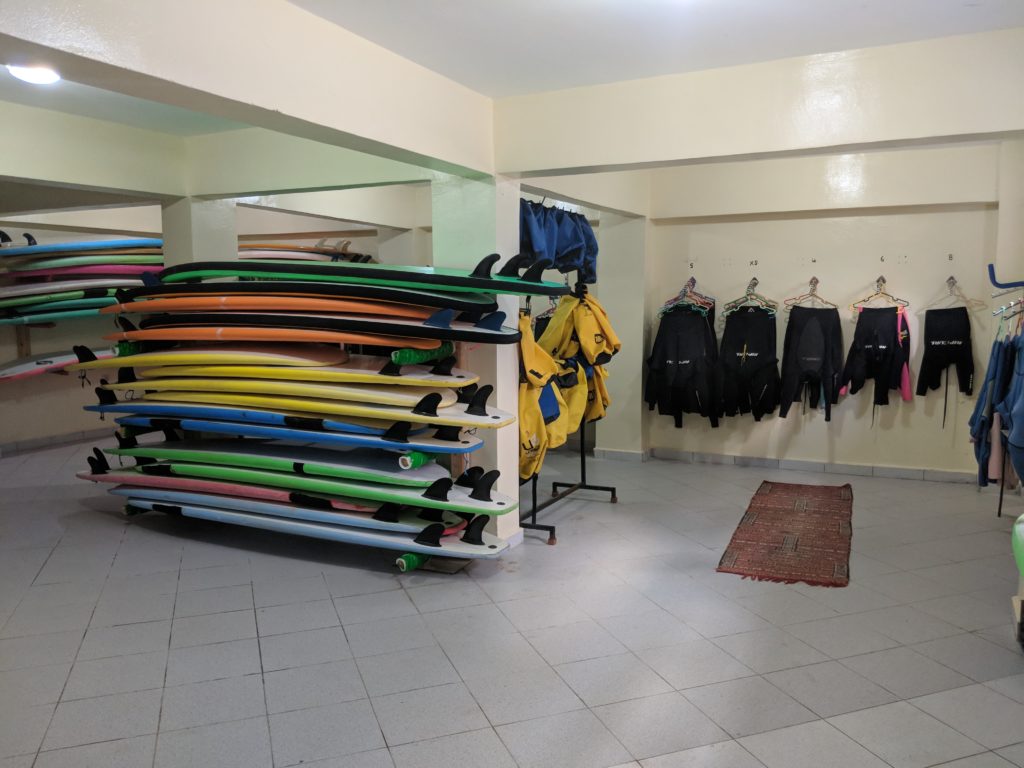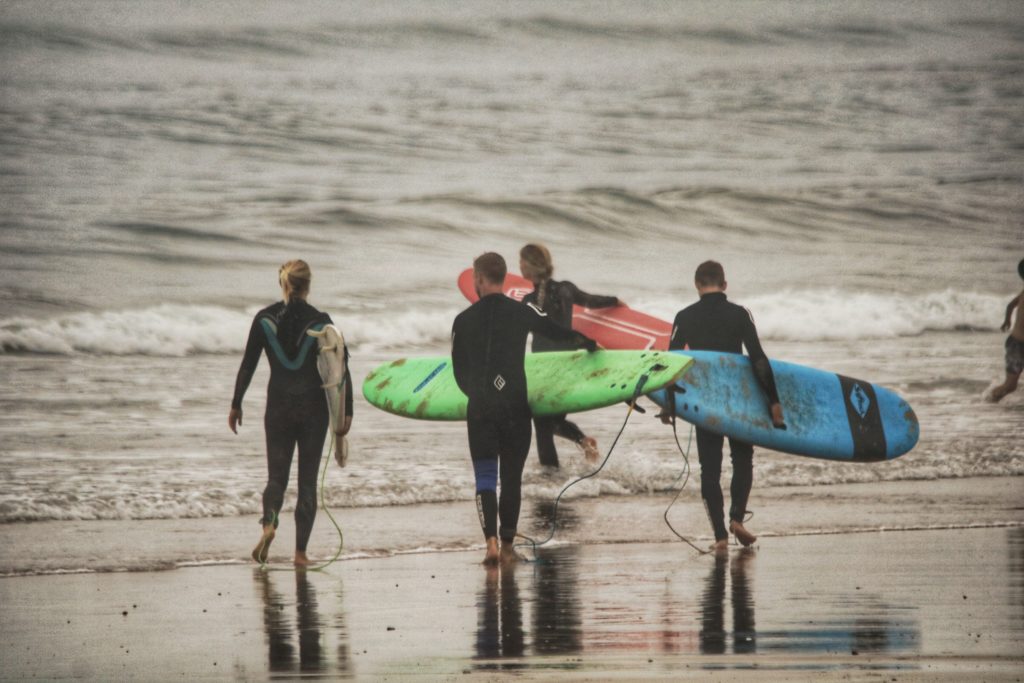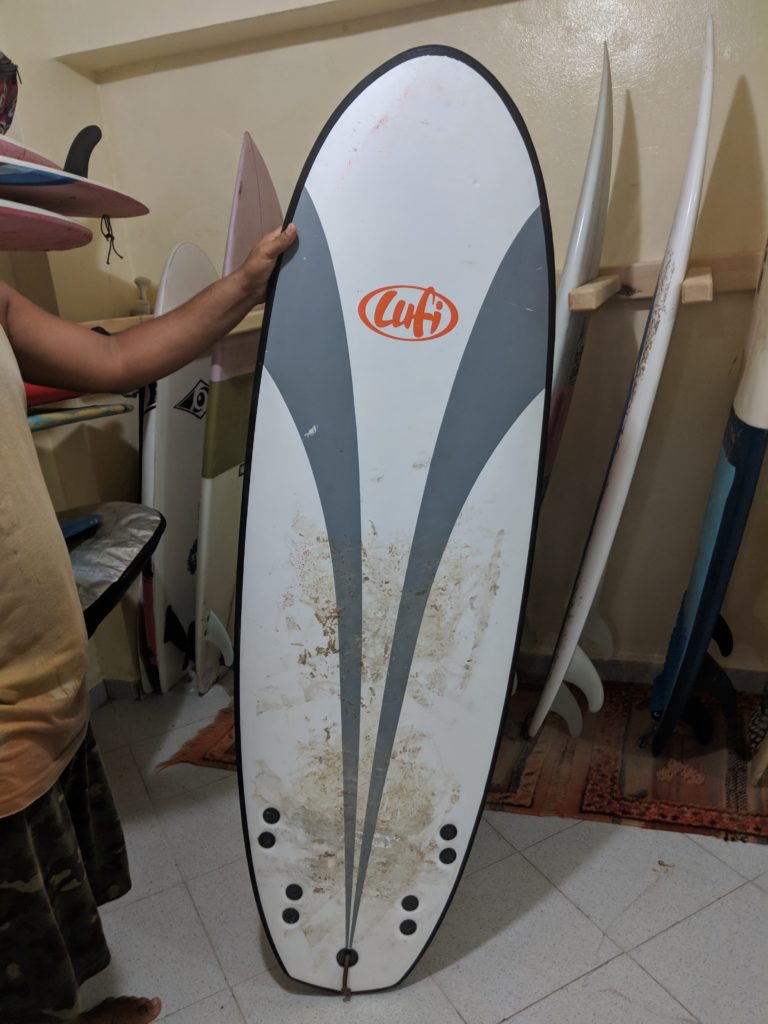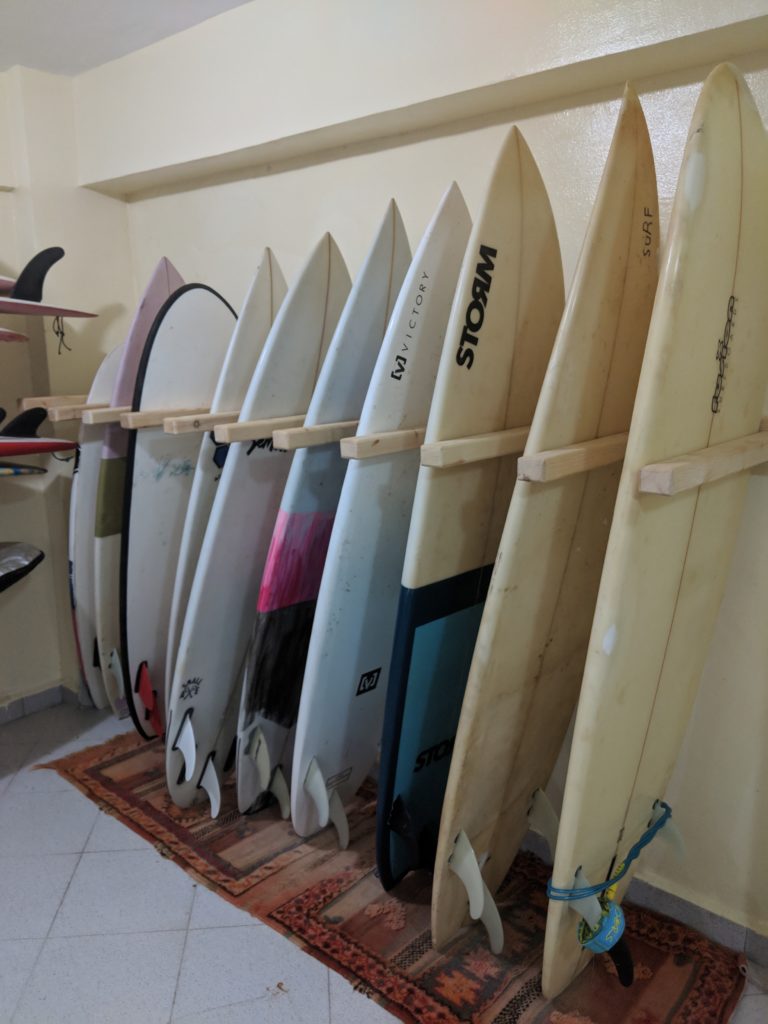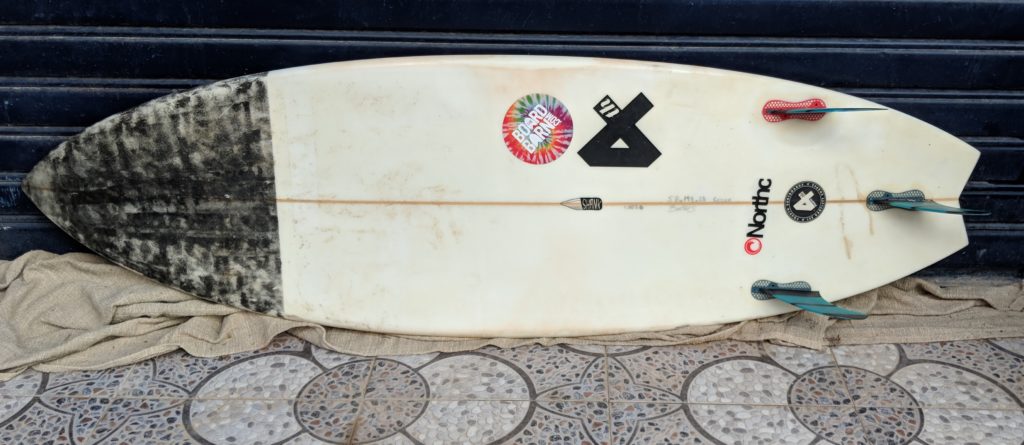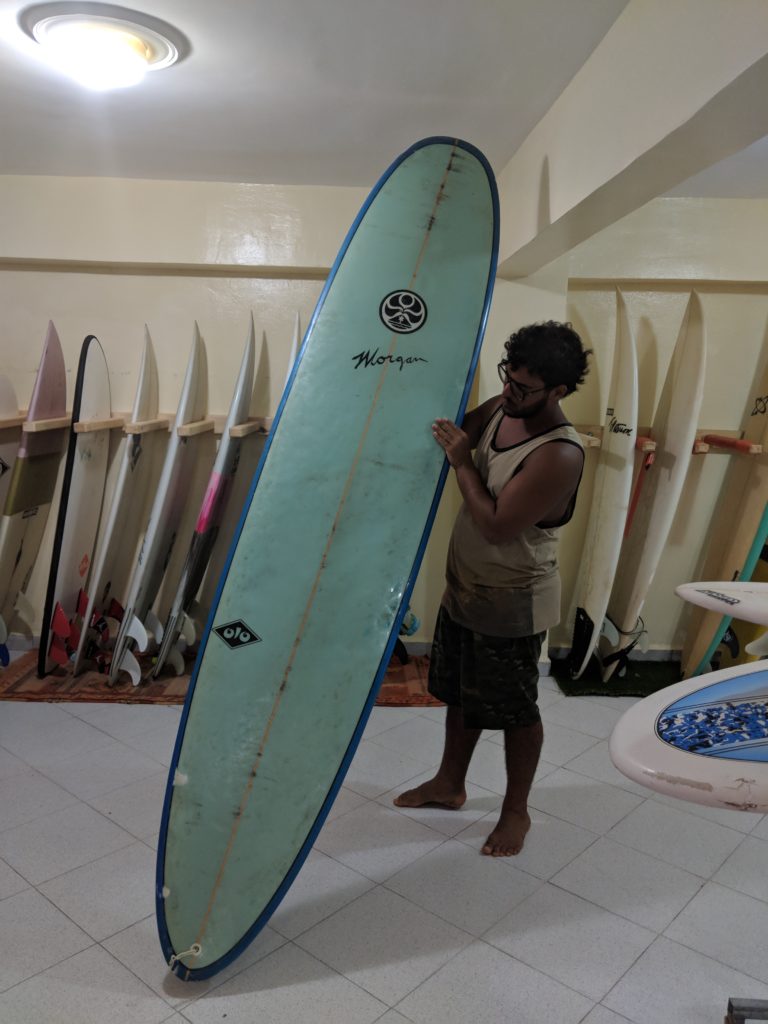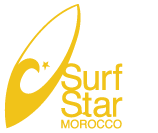Acro yoga was first developed in San Francisco 15 years ago, and combines the playful and whimsical qualities of acrobatics with the more grounded and practical aspects of yoga practice. In Acro you’ll be guided through a series of moves with the aid and assistance of a partner. working together you will find a way to challenge different muscles than when you’re practicing solo; similarly, the counter-balance that a partner provides can also help release more deeply into stretches than you could if you were all on your own. We like to regularly incorporate acro yoga into our practice here at Surf Star because we believe it is a great compliment to our daily surfing excursions.
Here’s why we love acro here at Surf Star:
Communication
Practicing yoga can be an introspective experience, but sometimes it’s nice to get out of our own heads! Partner yoga practices require lots of communication to ensure that both partners feel comfortable and secure in the pose. This is even more the case when one partner is in the air! We love the supportive environment that comes from communicating without criticising 🙂
Challenge yourself
Many acro yoga poses look super tricky but are actually more manageable than they appear due to techniques such as ‘bone stacking’. This practice (stacking the feet over the hips, or the wrists over the shoulders) allows the person on the bottom (the base) to bear weight through the skeleton rather than through the muscles. Many of our guests are pleasantly surprised by their ability to master poses they thought were out of their reach! Challenge yourself out of your comfort zone and find that you can do even more than you think you can.
Find your core
Acro is an amazing core workout, which is great for building strength and really helps complement our surfing! As the base, we need to stay engaged and strong whilst supporting the flyer’s weight – and whilst the flyer’s job may look easy, it’s super important that they also keep their body taut and engaged whilst moving slowly through each of the poses. If they collapse their body it makes the base’s job twice as hard!
Let’s play
The philosopher Plato once said, “You can discover more about a person in an hour of play than in a year of conversation.” Compared to individual yoga practice, we love the playful nature of acro yoga. Experimenting with different poses and transitions (and laughing when/if we fall out of them!) really helps us to leave the stresses of adult life behind, perfectly complementing the relaxed vibe here at Surf Star.
Trust
Whether you’re lifting someone else into the air, allowing yourself to be lifted, or acting as a ’spotter’, any acro practice requires lots of trust between the participants! We get an amazing buzz from connecting to our partners and fellow guests in this way 🙂
Show the love
Lots of acro/partner yoga poses can be used to nurture your partner, either through massage or through applying a gentle stretch. We love Folded Leaf pose (in which the base can give the flyer a gentle shoulder massage!) and the partner yoga massage table (in which the base alternates between cat/cow poses to give the flyer a back massage!).
Regardless of whether or not you want to give acro yoga a try, be sure to check out our morning and evening yoga sessions. We think yoga is a great shoreside compliment to your time on the waves.
